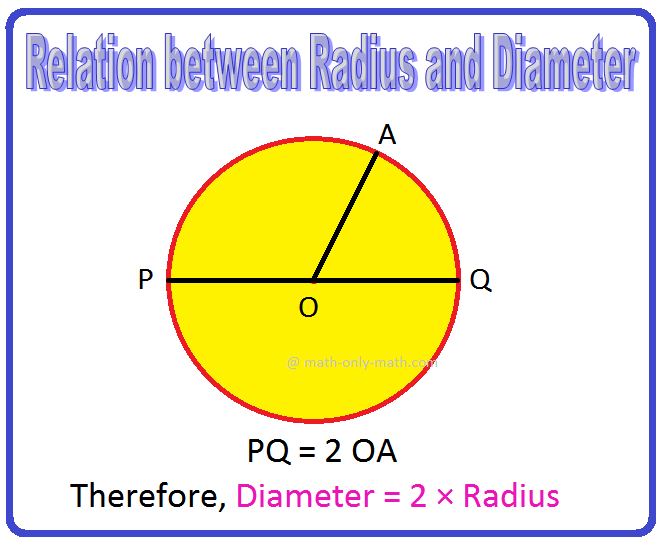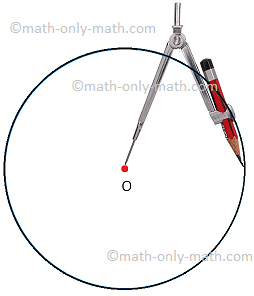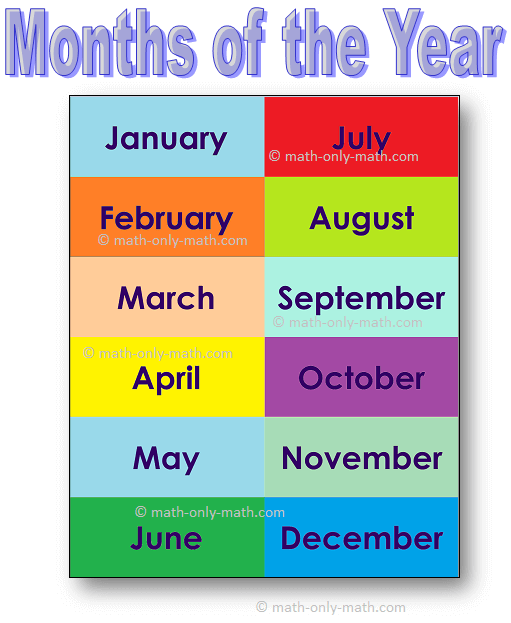Trigonometry
What is Trigonometry?
We know that “Necessity is the mother of invention.” It is the compulsion of needs that is overriding. Thus it would not be unfair to look for such imperatives behind the birth of Trigonometry, which is a distinct branch of Mathematics.
But what is this?
Whatever man finds in nature, he accepts after verification be it from trees, fruits, flowers, animals that he sees within his reach to sun, moon, stars, planets of distant horizons, insurmountable mountains, vast oceans, rivers. Man has learnt once to measure things around him, understood shapes of different objects with the help of geometrical figures and has learnt to measure, length, width and height. Also with the help of these, he has used conciously his efforts to measure size, shape, distance to determine laws of motion etc. of planets, stars, sun, moon, etc. that are beyond his reach. It is because of such efforts that mathematicians could obtain the height of inaccessible pyramid without getting at the top.
We now explain how to solve such Trigonometry problems mathematically. Suppose we are to determine the height of a light post. We
shall now describe how to measure it even standing on the ground.
In the following figure OP is a light post and its height has to be determinant.
A point is placed at some distance from the base 0 of the light post on the same plane on which the light post is standing. A circle is drawn on the ground with B as centre and AB as radius.
When the sun rises in the morning, the long shadows of both the light post OP and the post AB are seen. As the sun moves up higher, the shadows become shorter. At some time it is seen that the shadow of the top of the post AB i.e. the shadow of the point A is coinciding with the point C on the circle. Suppose at that moment the shadow of the light post OP becomes OM. The point M is marked. Now you can measure the distance OM of M from the foot 0 of the light post. Again, OP = OM; then by just measuring the distance OM you can find the height of the light post.
You will be able to understand this matter with the help of your knowledge in geometry. The theory that is applied here is that of the ratios of the sides of equiangular triangles which you have already learnt as a theorem in geometry.
You know that sun rays coming from a very long distance are practically parallel. So PM || AC
Therefore, PMO = ACB. So the right-angled triangles POM and ABC are equiangular.
In the right-angled triangle ABC, AB = BC as the circle is constructed with radius AB. BC is a radius of the circle. So = AB/BC = 1
Again, since ABC and PMD are equiangular,
Therefore, PO/OM = AB/BC = 1
So, PO = OM
Thus you see that it is possible even to measure the height of a light post by just standing on the ground without climbing up at the top of the light post.
In ancient times, following this technique used the ratio of the length of a post to its shadow and the ratio of the length of a pyramid to its shadow to determine the height of the pyramid.
The main disadvantage of this method is that one has to wait for a particular position of the sun in the day time. But during Greek civilisation the development of mathematics was in such a stage that no method better than this theory was known.
Civilisation has, on one hand been confronted with various new problems, it is man again and on the other hand, who has discovered new methods of solutions, for example, there is a hilly stream. One has to find out its width without using tape after crossing the stream. Man has done it with the help of mathematics.
In the meantime, mathematicians have been able to get at the relationships between sides and angles of triangles of various forms. They have come to know that the ratio of the sides of right- angled triangles, with respect to a definite measure of an acute angle, is a constant quantity. It is with the help of this that they could determine how wide the stream was. You will learn this technique of doing so in this branch of mathematics.
The relationships between sides of triangles, angles and areas are made use of in this particular branch of mathematics.
This branch is called Trigonometry.
You may keep in mind that mathematicians in ancient India were quite familiar with this branch of mathematics. They have applied this subject to the solution of many difficult problems of mathematics.
Basic Trigonometry
Measurement of Trigonometric Angles
Relation between Sexagesimal and Circular
Conversion from Sexagesimal to Circular System
Conversion from Circular to Sexagesimal System
From Trigonometry to HOME PAGE
Didn't find what you were looking for? Or want to know more information about Math Only Math. Use this Google Search to find what you need.
Recent Articles
-
Symmetrical Shapes | One, Two, Three, Four & Many-line Symmetry
Apr 23, 24 04:50 PM
Symmetrical shapes are discussed here in this topic. Any object or shape which can be cut in two equal halves in such a way that both the parts are exactly the same is called symmetrical. The line whi… -
Relation between Diameter Radius and Circumference |Problems |Examples
Apr 23, 24 03:15 PM
Relation between diameter radius and circumference are discussed here. Relation between Diameter and Radius: What is the relation between diameter and radius? Solution: Diameter of a circle is twice -
Circle Math | Terms Related to the Circle | Symbol of Circle O | Math
Apr 22, 24 01:35 PM
In circle math the terms related to the circle are discussed here. A circle is such a closed curve whose every point is equidistant from a fixed point called its centre. The symbol of circle is O. We… -
Preschool Math Activities | Colorful Preschool Worksheets | Lesson
Apr 21, 24 10:57 AM
Preschool math activities are designed to help the preschoolers to recognize the numbers and the beginning of counting. We believe that young children learn through play and from engaging -
Months of the Year | List of 12 Months of the Year |Jan, Feb, Mar, Apr
Apr 20, 24 05:39 PM
There are 12 months in a year. The months are January, February, march, April, May, June, July, August, September, October, November and December. The year begins with the January month. December is t…





